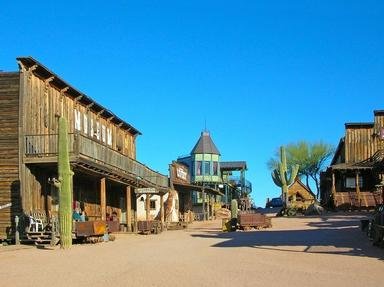Quiz Answer Key and Fun Facts
1. This cattle trail started in 1865 and ran from San Antonio, Texas to Abilene, Kansas. What was it?
2. This trail had two major routes, the Mountain Route and the Cimarron Cutoff. By 1845 it was more than 900 miles long. It connected Franklin, Missouri with Santa Fe, Mexico (later to become New Mexico). What trail was it?
3. The year is 1841 and we are headed for the Columbia River country. What trail would we take from Independence, MO?
4. In 1838 the Cherokee Nation was forced to relocate to the Indian Territory (now Oklahoma). What did the Indians call the route?
5. This is a National Historic Trail administered by the National Park Service. It was in operation from April, 1860 to October, 1861 from St. Joseph, MO to Sacramento, CA. Most of the old route has been obliterated but there are approximately 120 historic sites in the system. What historic system is this?
6. In 1850 thousands of immigrants who used the California Trail were killed by this. What was it?
7. In 1854 emigration on the California Trail slowed to fewer than 5,000 people per year. What caused this?
8. This famous route shared the same path as the Oregon Trail but branched off at various points in Wyoming and Idaho. A major split from the Oregon Trail branched off at Fort Hall, the Hudson Bay Company's post on the Snake River, ID. What trail was it?
9. Before the railroads and telegraph, mail to the west coast was loaded on ships and sailed around the tip of South America or carried across the Isthmus of Panama from ships on the Atlantic to ships on the Pacific. What trail was first used by a U.S. mail company? (Hint: Think bread, not money.)
10. What famous group on the California Trail met tragedy in the winter of 1846-47 while stranded in an early snow storm in the Sierra Nevada?
Source: Author
prof_electro
This quiz was reviewed by FunTrivia editor
bloomsby before going online.
Any errors found in FunTrivia content are routinely corrected through our feedback system.

